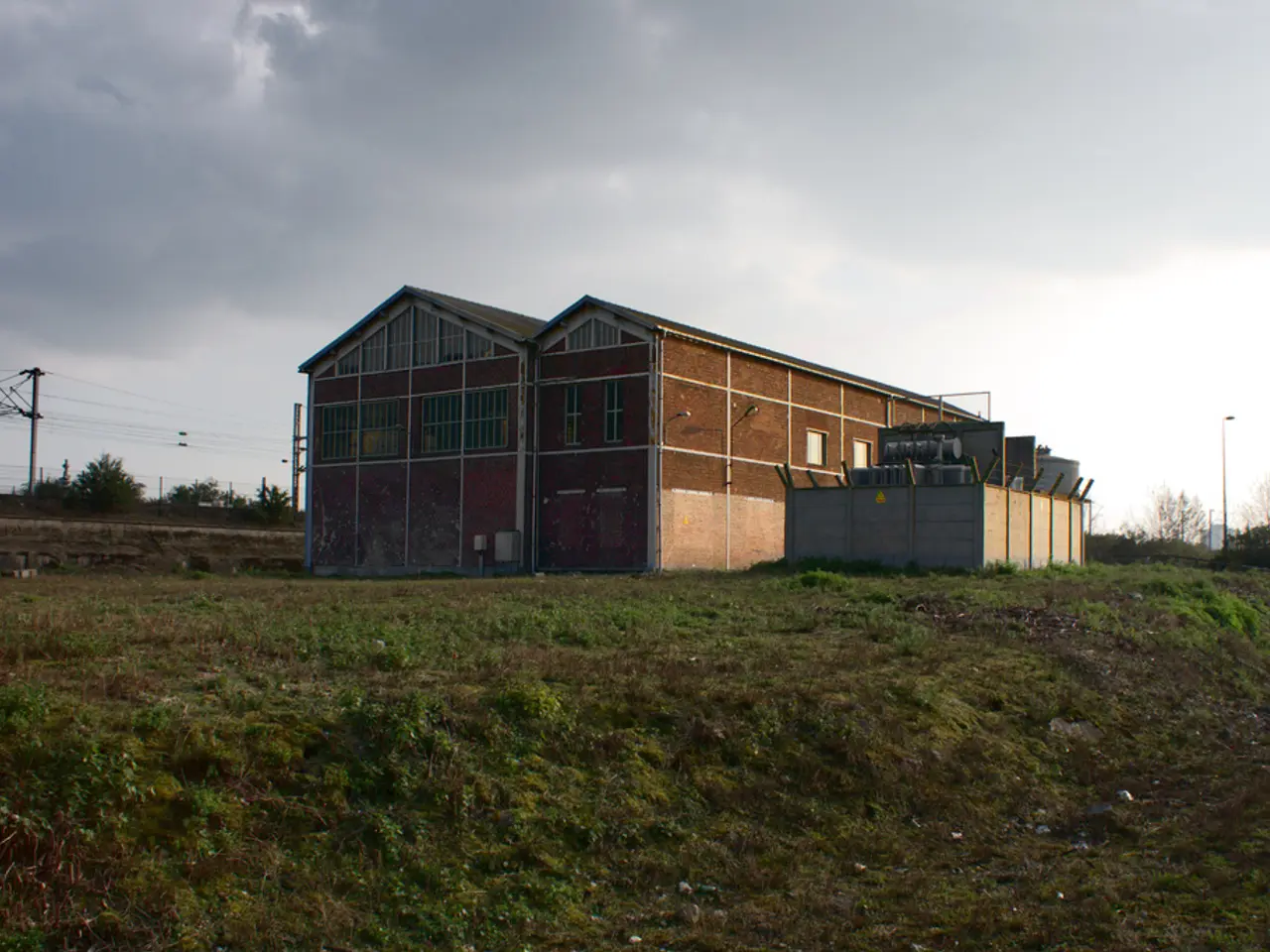In spite of the increased difficulty of Bitcoin mining reaching 127 trillion attempts, it's considered acceptable under the circumstances.
In the ever-evolving world of cryptocurrency, Bitcoin mining continues to thrive, despite operating in one of the most challenging environments yet. The Bitcoin mining difficulty has reached an all-time high of 127.6 trillion units, a 9% increase in the last few weeks alone [1]. This surge in difficulty makes competition tougher, but miners are still managing to turn a profit.
The primary reasons for this resilience can be attributed to three key factors. First, the recovery in Bitcoin’s price. After the halving, Bitcoin’s price has surged by more than 10%, recently climbing above $64,000. This price increase means each mined Bitcoin is worth more, which offsets the impact of halved block rewards and rising operational costs [2].
Second, the increase in transaction fees. With increased network activity, average transaction fees have jumped over 50% month-over-month, boosting miners' revenue beyond the base block reward. Miners currently earn closer to 3.5 BTC per block when including fees, even after the halving reduced the base rewards [2].
Third, technological advances and efficiency. Newer ASIC mining hardware consumes less electricity and has higher computing performance, allowing miners to run operations more cost-effectively. Efficient cooling and firmware updates further enhance profitability [2][5].
Despite these challenges, the Bitcoin mining industry continues to grow. The network hashrate, a measure of the total computing power on the Bitcoin network, has surged, possibly due to the use of new-generation hardware [3]. This hashrate currently averages over 1.13 ZH/s [4].
The mining difficulty adjusts roughly every two weeks based on network hashrate. The higher the hashrate, the harder it becomes to win a block. However, the 3.125 BTC block reward, combined with fees, nets miners over $384,000 per block at current Bitcoin prices [4].
Bitcoin mining has become a strategic game, with miners squeezing profits through various means. This makes mining more energy-consuming and tightens profit margins. However, miners are showing confidence in the future of Bitcoin, as they are holding onto their mined coins rather than immediately selling, indicating a belief in future price appreciation [2][4].
The entrance of institutional investors has also boosted demand in digital assets, further supporting the Bitcoin mining industry [2][4]. Despite the Miner's Position Index (MPI) dropping into negative territory, indicating miners offloading BTC to cover rising overheads, the overall picture remains positive for Bitcoin miners [6].
In conclusion, Bitcoin mining profitability endures post-halving because higher BTC prices and transaction fees compensate for reduced block rewards, while ongoing technological improvements reduce operational costs despite record mining difficulty and network competition [1][2][4][5].
References:
- Blockchain.com
- Bitcoin Magazine
- Coin.dance
- Blockchain.com
- Bitcoin Mining Council
- Glassnode
- The increase in Bitcoin's price, combined with surge in transaction fees and advancements in technology, have contributed to the resilience of Bitcoin mining, even with rising operational costs and an all-time high mining difficulty.
- Miners are utilizing newer ASIC hardware that consumes less electricity and has a higher computing performance, allowing them to run operations more cost-effectively, which is a key factor in maintaining profitability.
- As the network hashrate grows, the competition in Bitcoin mining becomes tougher, but the 3.125 BTC block reward, coupled with fees, still nets miners substantial income, making Bitcoin mining a strategic game for participants who believe in the future of Bitcoin.




